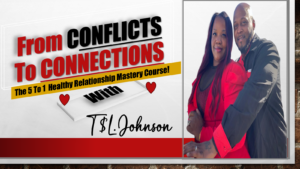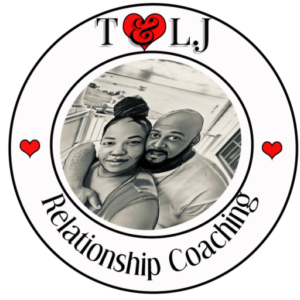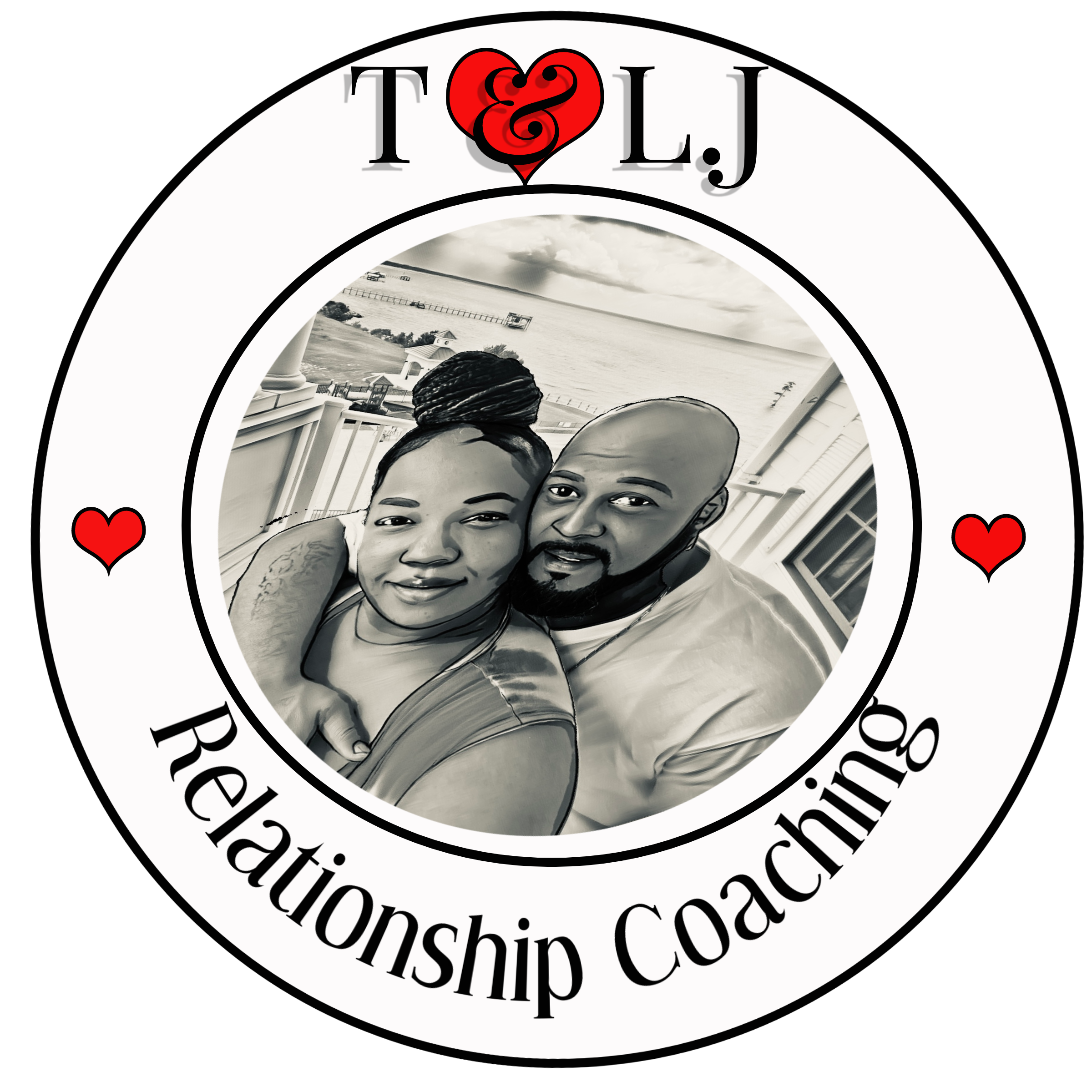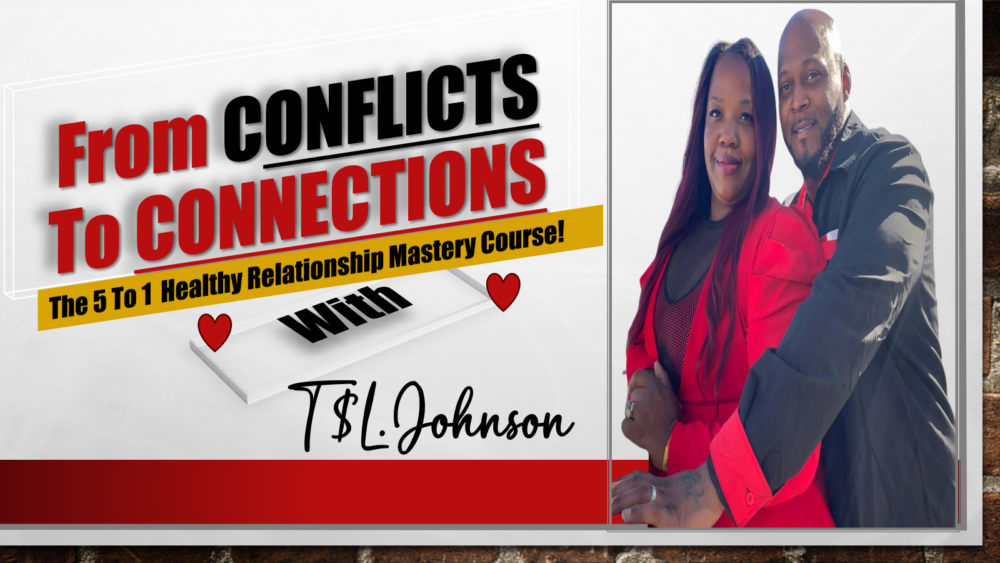Understanding Non-Verbal Cues
Body Language Speaks Volumes
One of the first things I noticed in my journey to understanding conversations is just how much body language can tell you. When people talk, their movements, gestures, and even their posture communicate feelings. It’s that classic saying, “Actions speak louder than words.” For instance, if someone is talking but avoids eye contact, it might be a sign that they are insecure or not being completely honest.
Over time, I’ve learned to watch for specific cues, like crossed arms or tapping feet. These can indicate defensiveness or impatience. Paying attention to these signs has really enhanced my ability to read a situation and respond accordingly. It’s like being a detective but in everyday conversations, figuring out what’s really going on beneath the surface.
When I combine verbal aspects with body language, the conversation feels more complete. I can assess not just what someone is saying, but how they feel about it. It’s all about reading the room! Trust me, once you start tuning into these non-verbal cues, you’ll see conversations unfold in a whole new way.
The Power of Tone and Emotion
How Tone Influences Perception
You know that saying, “It’s not what you say, it’s how you say it”? Well, this couldn’t be more accurate when it comes to communication. The tone of voice adds an entire layer of meaning to our conversations. For example, a simple “sure” could sound enthusiastic or dismissive, depending on the tone used. Understanding this has been a game changer for me.
I’ve actually taken note of how moods can shift not just what’s being communicated, but how it’s received. When I hear someone speak in a soft, gentle tone, my guard goes down; I feel more at ease and open to what they’re saying. Conversely, a sharp or loud tone can create tension and defensiveness in a conversation. So, it’s not just about the words but the feelings wrapped up in those words.
In my experience, when I want to ensure my message lands the way I intend, I focus on my tone. I’ve learned to adjust it based on the nature of the conversation and the person I’m speaking with. It’s a little like tuning an instrument – getting that right pitch can make all the difference!
Asking the Right Questions
The Art of Open-Ended Questions
If there’s one thing I’ve found instrumental in uncovering the truths hidden in conversations, it’s asking the right questions. I remember when I first started trying to dig deeper, I’d often ask closed questions that led to one-word answers. That’s a huge conversation killer, right? Switching to open-ended questions has been incredibly effective.
When I ask questions like “What do you think about that?” or “How did you come to that conclusion?”, I see an entirely different dynamic unfold. People are more likely to engage with me, share their thoughts, and even open up about feelings they might not have expressed otherwise. It’s like flipping a switch from a static scene to a lively theatre performance!
Plus, asking the right questions shows that I’m genuinely interested in what the other person has to say. This builds trust and rapport, enhancing our conversation. I feel a lot more connected to the person once they see that I’m not just going through the motions, but investing in our dialogue.
Cultural Context Matters
Recognizing Differences in Communication Styles
Diving into conversations with people from different backgrounds has opened my eyes to how cultural context shapes communication. I vividly recall an experience I had while working with a diverse team; we often misinterpreted each other’s intentions. Some cultures value directness, while others might prefer an indirect approach.

Understanding these differences has allowed me to adapt my style for effective communication. It has taught me to listen actively and embrace the nuances in conversation. When I slow down and consider cultural context, it adds depth and richness to our exchanges, giving me clearer insight into what’s being communicated.
Incorporating cultural awareness not only prevents misunderstandings but also enriches relationships. I’ve found that when I express sensitivity towards others’ backgrounds, it fosters deeper connections. Conversations become a bridge, rather than a barrier.
The Role of Empathy
Building Empathy for Deeper Connections
Last but definitely not least, empathy has been my secret weapon in conversations! When we step into someone else’s shoes, it transforms the dialogue. I learned that the more genuinely I try to understand someone’s feelings or experiences, the richer our conversation becomes.
I’ve noticed that people tend to open up when they feel understood. For instance, if a friend shares a problem and I really make an effort to listen and validate their feelings, the conversation flows much better. We’re not just exchanging words but genuinely connecting on an emotional level.
Empathy isn’t just about feeling sorry for someone or giving a pat on the back. It’s about connecting authentically and being present. I’ve found that doing this not only strengthens my relationships but also enriches my own life experience. It’s a beautiful cycle of support and understanding that fosters a sense of community.
Frequently Asked Questions
1. What is the main focus of “Between the Lines”?
The main focus is on the underlying truths in conversations, highlighting aspects beyond just words—like body language, tone, and emotional context.
2. Why is body language important?
Body language conveys feelings and attitudes that words sometimes cannot capture, making it essential for fully understanding a conversation.
3. How can I improve my questioning technique?
To improve your questioning technique, practice asking open-ended questions that encourage elaboration and engage the other person in discussion.
4. How does culture affect communication?
Cultural differences shape communication styles, including how direct or indirect individuals may be, impacting understanding in conversations.
5. What role does empathy play in conversations?
Empathy allows for deeper connections in conversations as it involves understanding and sharing the feelings of others, fostering a supportive environment.

Schedule Your First 20-Minute Coaching
Call With Us Today to see if we fit . You pick the price!
Click Here






